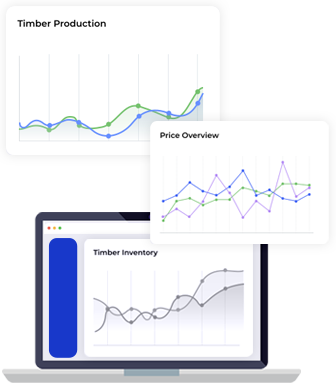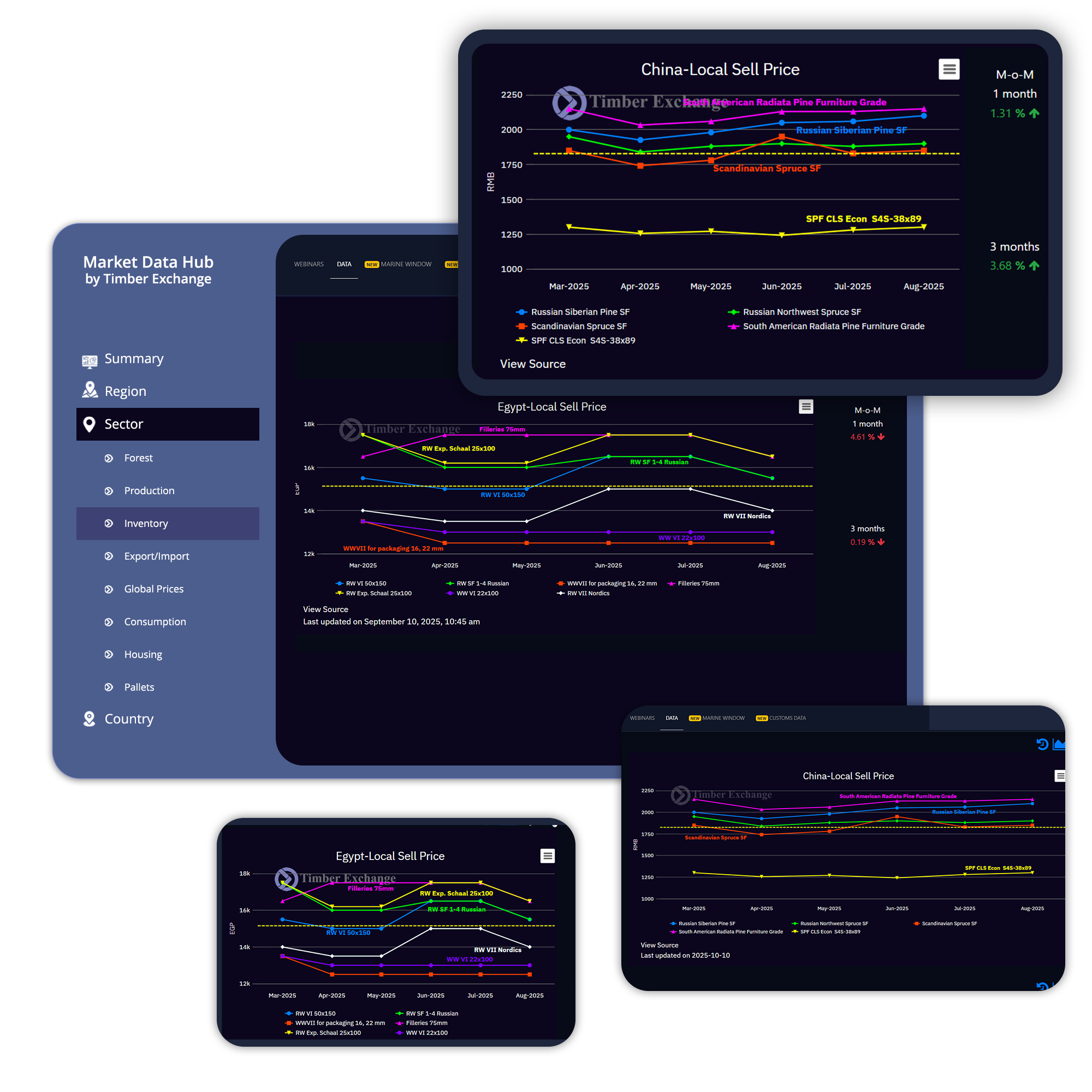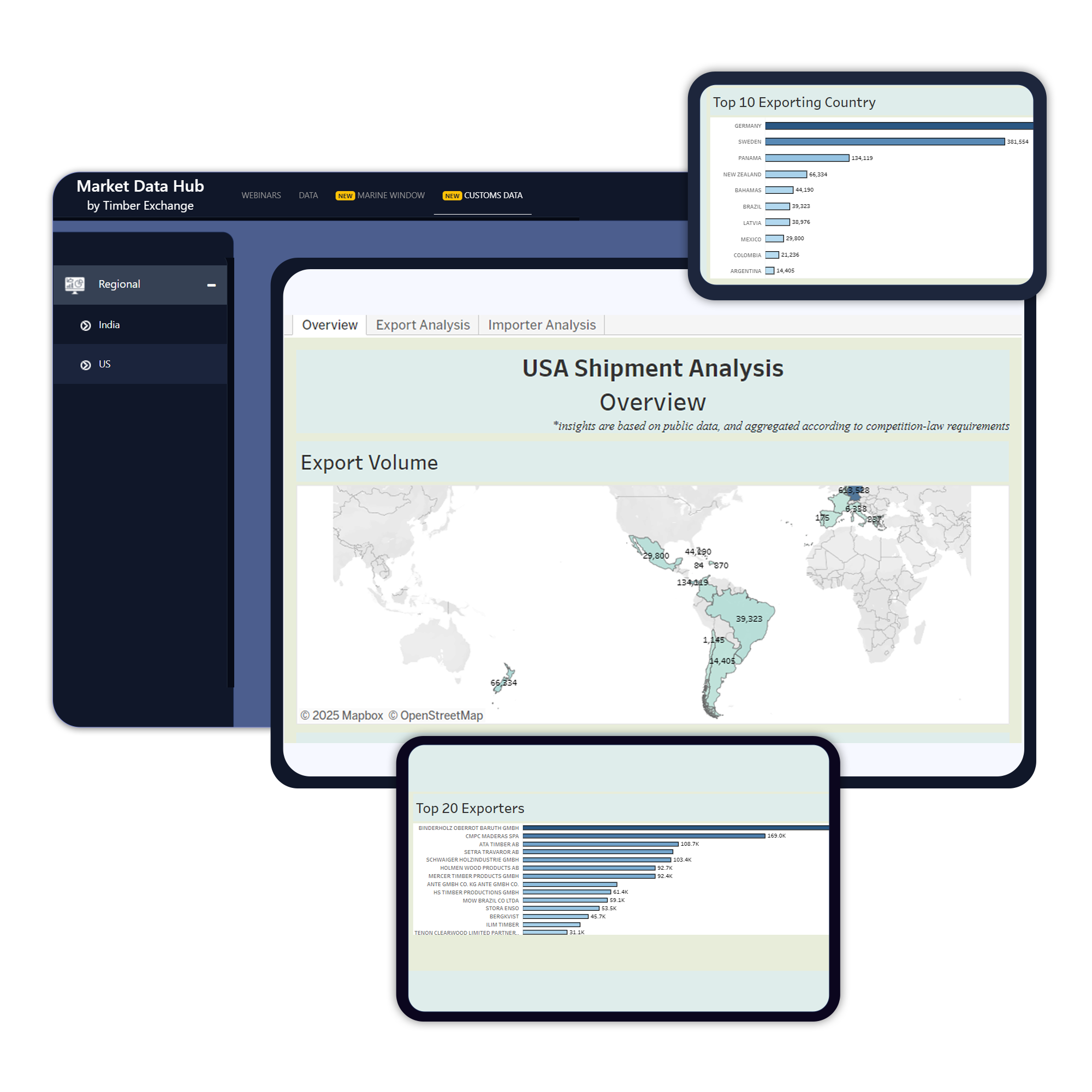
Hurricanes push timber prices lower across the Southeastern U.S.
Posted on September 3, 2025 |
Hurricanes across the Southeastern U.S. are creating sharp timber price swings, leaving markets highly vulnerable.
In the hardest-hit zones of Florida and Georgia, stumpage prices dropped 9% for pine sawtimber and an unprecedented 77% for hardwood sawtimber.
Hardwood sawtimber’s collapse reflects both extreme forest damage—inventory fell to 22.7% of pre-storm levels—and limited mill capacity, with only 10 hardwood sawmills in the affected areas.
Pine sawtimber prices in the same zone fell 9%, with salvage harvests making up more than half (50.5%) of the remaining live pine volume.
Surrounding regions such as southwest Georgia and southeastern Alabama also saw steep declines: pine sawtimber down 7–13%, pine pulpwood down 13–16%, and pine chip-n-saw plunging 95% in one market.
Salvage logging created oversupply, and mills began sourcing cheaper timber from hurricane-damaged areas, weighing further on local prices.
Some markets, however, recorded price increases due to rebuilding demand. Hardwood sawtimber rose 4% in parts of Georgia, and hardwood pulpwood gained 11% in South Carolina.
Hurricane Michael alone damaged 6.17 million acres of timberland, with 1.66 billion cubic feet salvaged and another 1.5 billion cubic feet left standing but inaccessible.
In Florida, the storm destroyed 40,000 homes and caused an estimated $25 billion in total damage.





